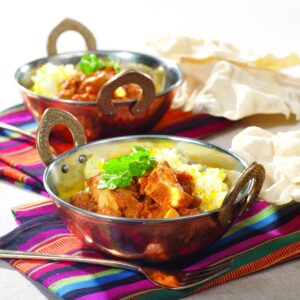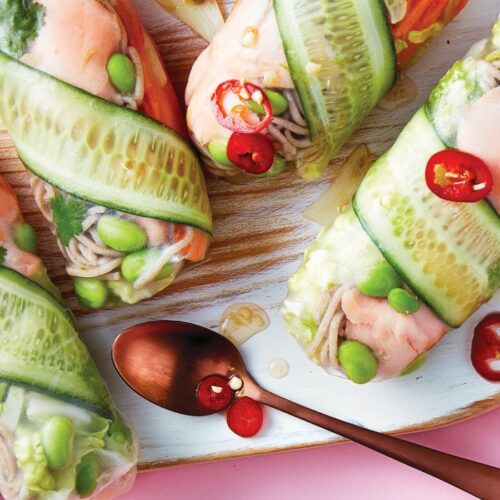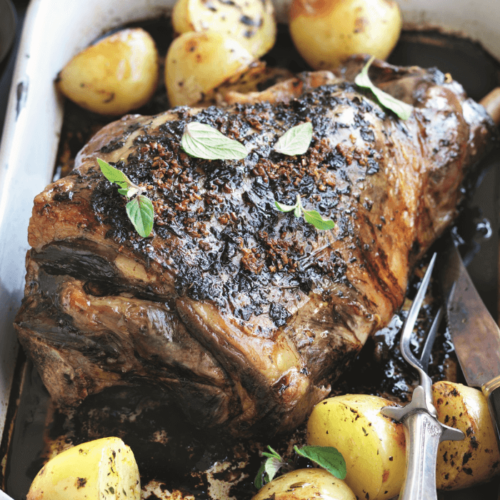
Fisheries expert Rachel Taulelei explains how to choose ethically at the fish counter.
As an animal protein, fish is the most energy-efficient option at our disposal. The health benefits associated with its consumption are so great that the United Nations has recommended governments worldwide emphasise eating fish as an important “food source of energy, protein and a range of essential nutrients”.
What does ‘sustainable’ mean when it comes to fish and seafood?
In practical terms, a sustainable fishery is one whose practices can be maintained indefinitely without adversely impacting on other species within the ecosystem.
Globally, debate surrounding the sustainability of the fishing industry is intense.
Within New Zealand, at one end of the spectrum you will find organisations such as Forest & Bird, and Greenpeace, which take a precautionary approach to sustainability: the less we know, the more care we must take about both the amount of a target species we take, and what methods we use to catch it. Forest & Bird’s Best Fish Guide ranks species and catch methods commonly deployed in New Zealand from ‘green’ or ‘best choice’, through to ‘red’ or ‘worst choice’.
At another point on the sustainability spectrum is the Ministry for Primary Industries (MPI) — formerly the Ministry of Fisheries. The MPI, among other things, is the architect and regulator of the Quota Management System (QMS). Widely recognised as the global benchmark for fisheries management, the QMS annually reviews and sets a total allowable catch for wild caught fish and shellfish in New Zealand, by species and region. Through this system, the MPI endeavours to make certain that the fish we buy at retail and in our restaurants is caught to sustainable levels.
Which is the best guide for us as consumers to use?
Both of the above approaches have their pros and cons. As consumers, the key is to find a point within this spectrum at which we are comfortable buying what is an exceptional and readily available protein.
Through quota management, the MPI advises that all fish purchased at retail and within restaurants is sustainable. From this point, with a passion for responsible fishing, I recommend considering provenance (place of origin)and practice.
Some farming and fishing methods, such as trawling, are indiscriminate and have an adverse effect on the environment. Other farming and fishing methods are slow, considered, and protective of the environment in which they are operating. These include in-shore long-line fishing (one fish per hook) on day boats. Each boat has a skipper and one or two deckhands, and they fish for just a few hours at a time.
Salmon and shellfish farming in New Zealand is very efficient. I believe it can be considered sustainable as practices are sound and constantly reviewed for improvement. Also, farmers are ecologically aware and use orthodox measures of responsibility.
Ultimately, the Best Fish Guide and the QMS advocate the same thing — for there to be fish in the ocean for generations to come. Sitting somewhere between the two in my approach to sustainability, here are practical things to do when considering the sustainability of fish:
- Ask questions regarding where, when, and how fish was caught
- Try new, and a broad number of species
- Make the most of fish by adopting a ‘nose to scale’ approach. Cook whole fish, ask for fillets with the skin on, and seek out live shellfish.
It’s often suggested that fish is expensive, and while the initial outlay can be, several meals that can be created from just one fish: use what’s left on the fish frames as sashimi, roast the wings and heads, boil the frames for a fish stock and pick through the flesh for fish cakes. With a little latitude, fish can be an incredibly cost-effective option.
What questions should I ask when I’m buying fish?
Though most of us have grown up having tasted fresh fish, we now mostly buy it in supermarkets, so it helps to know what good fish looks like. A whole fish has clear protruding eyes, moist red gills and flesh firm to the press. In fillets, look for glistening flesh, flakes of the fillets holding together and no odour. Touch, look, smell and ask, for example, about the catch method. Good fishmongers love to share their expertise as it is a source of pride.
If you are buying whole fish that has been long-line caught, it will have a small hole pierced in the head, above and slightly behind one of its eyes. Long-line caught fish are invariably brought onto the boat live then very quickly killed with an ike-jime spike. An expedient death means there is less stress on the fish and that with subsequent good handling, the fish remains fresher for longer.
If the person selling the fish doesn’t have answers to your questions, it is perfectly acceptable to ask them to find those answers out for you: the more questions we as consumers ask, the more information will be made available to us.
Rachel’s current sustainable fish favourites
- Red gurnard, tarakihi: These fish have exceptional eating skin
- Trevally: A phenomenal fish for sashimi, and equally good for marinating and grilling.
- Kahawai: Great for curries, for smoking and folding into a kedgeree.
- Blue cod: Try it in fish tacos, or dusted with flour then gently pan-fried.
For more information
The Seafood Industry Council has some great resources if you are looking for full lists of fish and how best we can use them.
www.healthyfood.com










